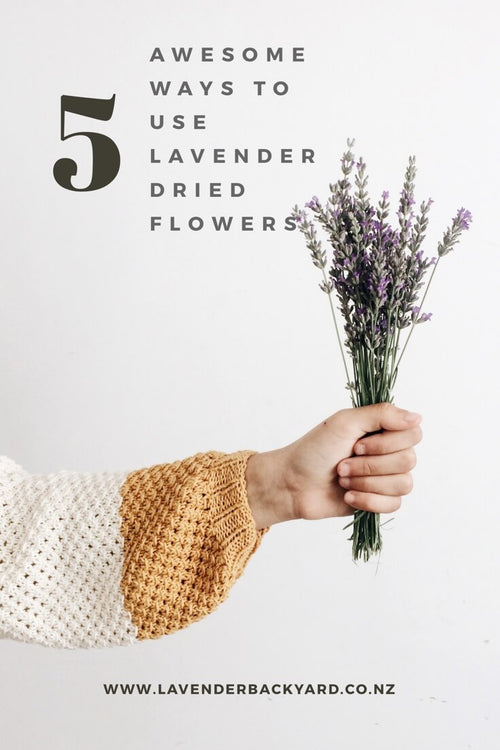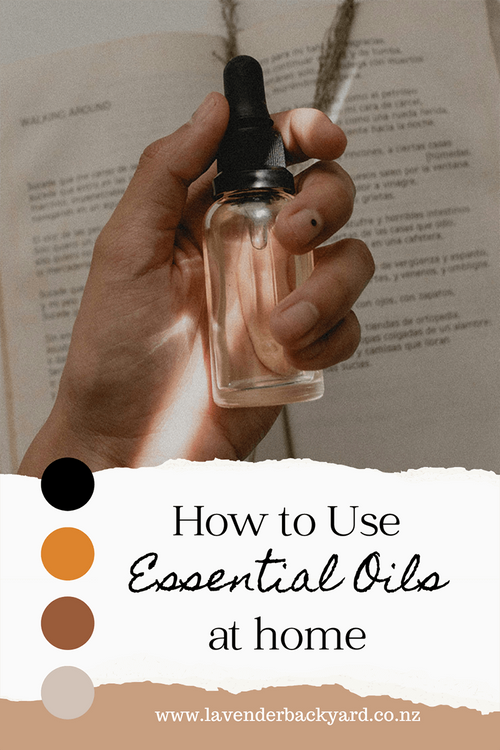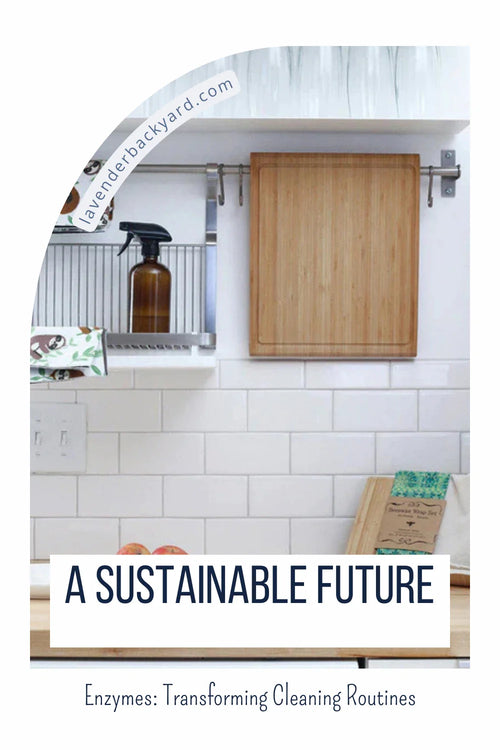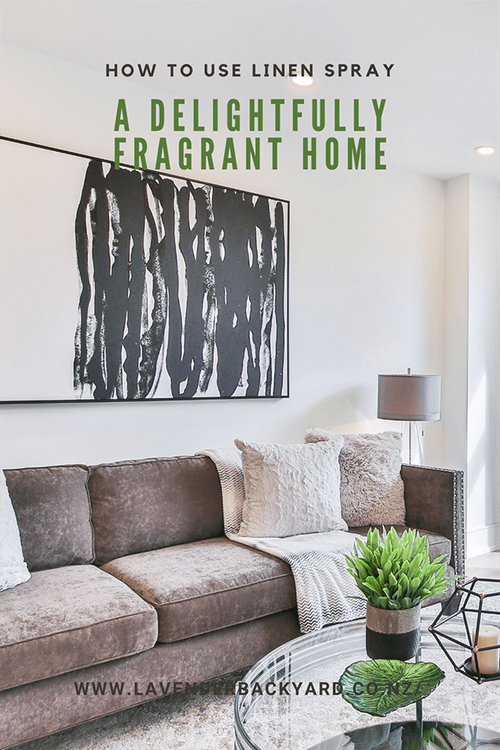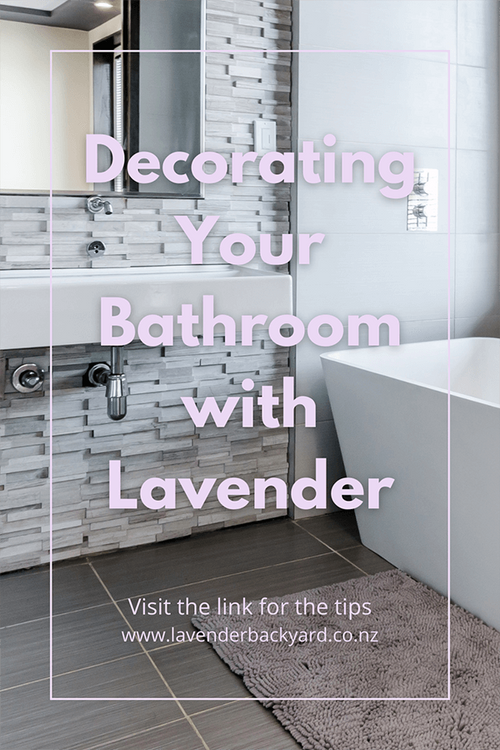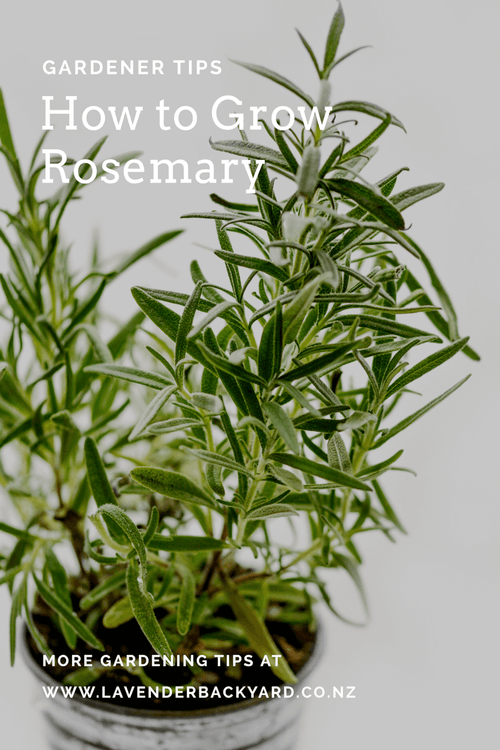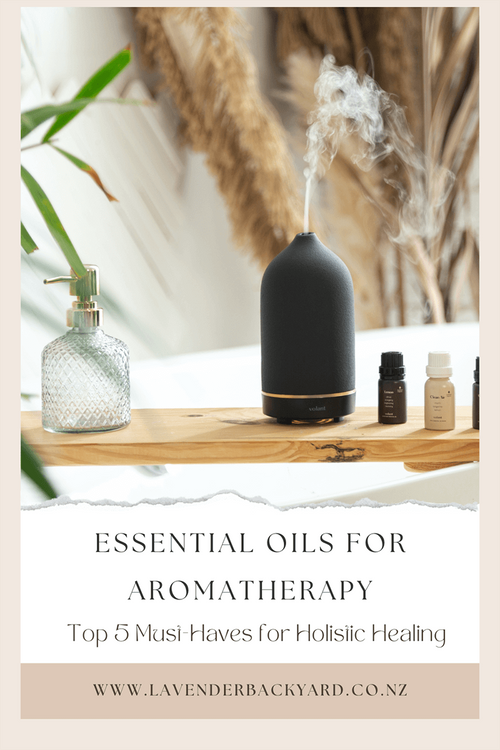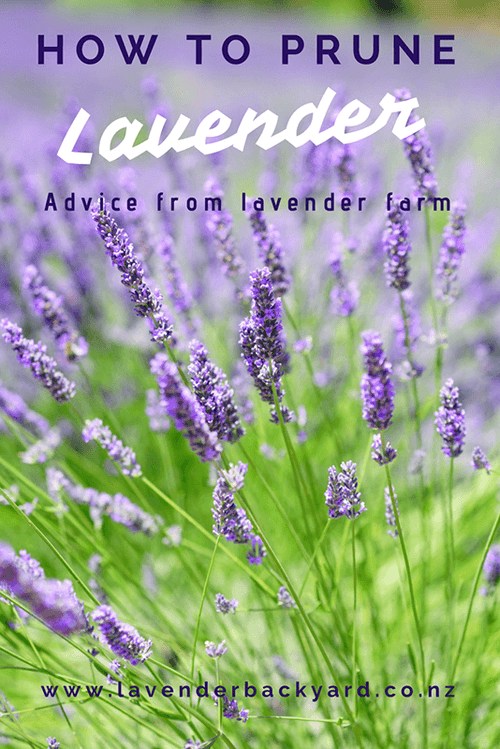Home Decor: 5 Things to Know about Air Plants
Share

Air plants, scientifically known as Tillandsia spp., have quickly become one of the hottest trends in home decor. With their unique ability to thrive without soil and their minimal care requirements, these plants have captured the hearts of plant lovers and interior design enthusiasts alike. Whether you’re looking to add a touch of greenery to your living space or seeking an easy-to-care-for plant, air plants are the perfect solution.
In this article, we’ll walk you through five essential things you should know about air plants, from their care needs to their stunning blooms. Let’s dive in!
What Are Air Plants? Understanding Tillandsia spp.
Air plants, also known as Tillandsia, are unique in that they don't require soil to grow. Instead, they absorb most of their nutrients from the air around them. These fascinating plants have gained popularity in home decor due to their versatility and low-maintenance nature. Perfect for creating modern, minimalistic arrangements, air plants thrive in a variety of creative setups, from hanging in glass terrariums to mounted on decorative sculptures.
1. Air Plants Are Clever – Minimal Care, Maximum Impact
The beauty of air plants lies in their ability to survive with minimal attention. Unlike most plants, Tillandsia spp. don’t require soil to thrive. They get the majority of their nutrients from the air around them and need very little water. This makes them incredibly low-maintenance and an ideal choice for busy individuals or those without a green thumb. They’re also perfect for small spaces, as they don’t require traditional pots or soil-based containers.
2. Air Plants Have Roots, But They're Not for Soil
Although air plants have roots, these aren’t used for absorbing nutrients from the soil. Instead, the roots help the plant anchor itself to surfaces like trees, rocks, fences, or other structures. In modern home decor, creative enthusiasts have found endless ways to display air plants. Whether mounted on sea shells, attached to decorative walls, or nestled in wreaths, the possibilities are endless. Their root system is simply designed to keep them in place, not to absorb nourishment from the ground.
3. Air Plants Tell You When They’re Thirsty – Pay Attention to Their Needs
Air plants have a clever way of communicating their water needs. If the leaves start curling inward, it’s a sign that they need more moisture. Conversely, if they’ve been overwatered, their leaves may turn brown or become soggy. Overwatering can lead to mold and rot, and if you notice the leaves turning black, the plant is beyond saving. By paying close attention to the condition of your air plant’s leaves, you can easily maintain its health and vibrancy.
4. Air Plants Only Flower Once in Their Lifetime
An interesting fact about air plants is that they only bloom once in their lifetime. At maturity, air plants will produce a beautiful flower that can last anywhere from a few days to a few months, depending on the species. The flowers are often bright and vibrant, with colors ranging from pink and red to purple, making them a stunning addition to any space. The blooming process is a rare but rewarding event for plant owners.
5. Air Plants Thrive in Sunlight – But Not Too Much!
Like many indoor plants, air plants thrive in bright, indirect sunlight. Too much direct sunlight can cause them to dry out, depleting their moisture reserves and leading to sunburned leaves. To ensure your air plants stay healthy, place them in a well-lit room where they can receive ample light without the risk of scorching. A spot near a window with sheer curtains is perfect for these unique plants.
Why You’ll Love Air Plants for Home Decor
Air plants are not only low-maintenance but also incredibly versatile. Whether you're decorating a modern living room, adding a natural touch to your office, or creating a unique gift, air plants are a perfect choice. Their minimal care requirements make them an ideal addition for those who want to bring greenery into their space without the hassle of traditional potted plants.
Perfect for: Home decor enthusiasts, low-maintenance plant lovers, modern interior designs, creating unique gifts, adding greenery to small spaces.
Frequently Asked Questions About Air Plants (Tillandsia spp.)
1. How do I care for my air plant?
To care for your air plant, ensure it receives bright, indirect light and occasional water. Soak your air plant in water for about 20-30 minutes every 1-2 weeks, depending on your environment's humidity. Make sure to allow the plant to dry thoroughly after soaking to prevent rot.
2. How do I display air plants in my home?
Air plants are incredibly versatile and can be displayed in many creative ways. You can hang them in glass terrariums, attach them to driftwood, display them in open-air glass containers, or even mount them on seashells or custom-made sculptures. The possibilities are endless, limited only by your imagination!
3. Can air plants survive without sunlight?
While air plants do require light to thrive, they do best in bright, indirect sunlight. They can survive in lower light conditions for short periods, but prolonged exposure to dark areas can stunt their growth. A location near a window with filtered sunlight is ideal.
4. How long do air plants live?
The lifespan of an air plant varies depending on the species and care it receives. Generally, air plants can live for several years if provided with proper care. Their flowering process only happens once in their lifetime, but they can continue to grow and thrive for many years after blooming.
5. How do I propagate air plants?
Air plants can be propagated by cutting off the "pups" (baby plants) that grow at the base of the parent plant. These pups can be carefully removed and placed in their own separate spot with proper care until they establish roots and grow into mature plants.
6. Are air plants pet-safe?
Yes, air plants are generally safe for pets. Unlike some common household plants that can be toxic to cats and dogs, air plants are non-toxic and pose no threat to your furry friends. However, it's always best to keep plants out of reach of pets to prevent them from chewing on the leaves.
7. Can I mist my air plant instead of soaking it?
While misting can help provide moisture to your air plant, it is not as effective as soaking. Misting is a temporary solution, and air plants still need to be soaked in water every couple of weeks to properly hydrate. If you live in a very dry climate, regular misting can supplement the plant’s moisture needs.
8. Why are my air plant leaves turning brown?
Brown leaves can be a sign of either underwatering or overwatering. If your air plant leaves are turning brown and crispy, it might be due to too much direct sunlight, insufficient moisture, or a dry environment. If they are soggy and turning brown, it's likely a sign of overwatering. Ensure you’re soaking your plant correctly and providing it with proper light.
Ready to bring the beauty of air plants into your home? Add these fascinating plants to your decor and experience the magic of Tillandsia spp. today!
